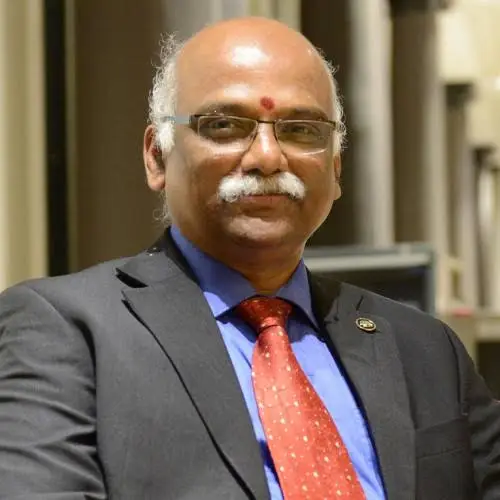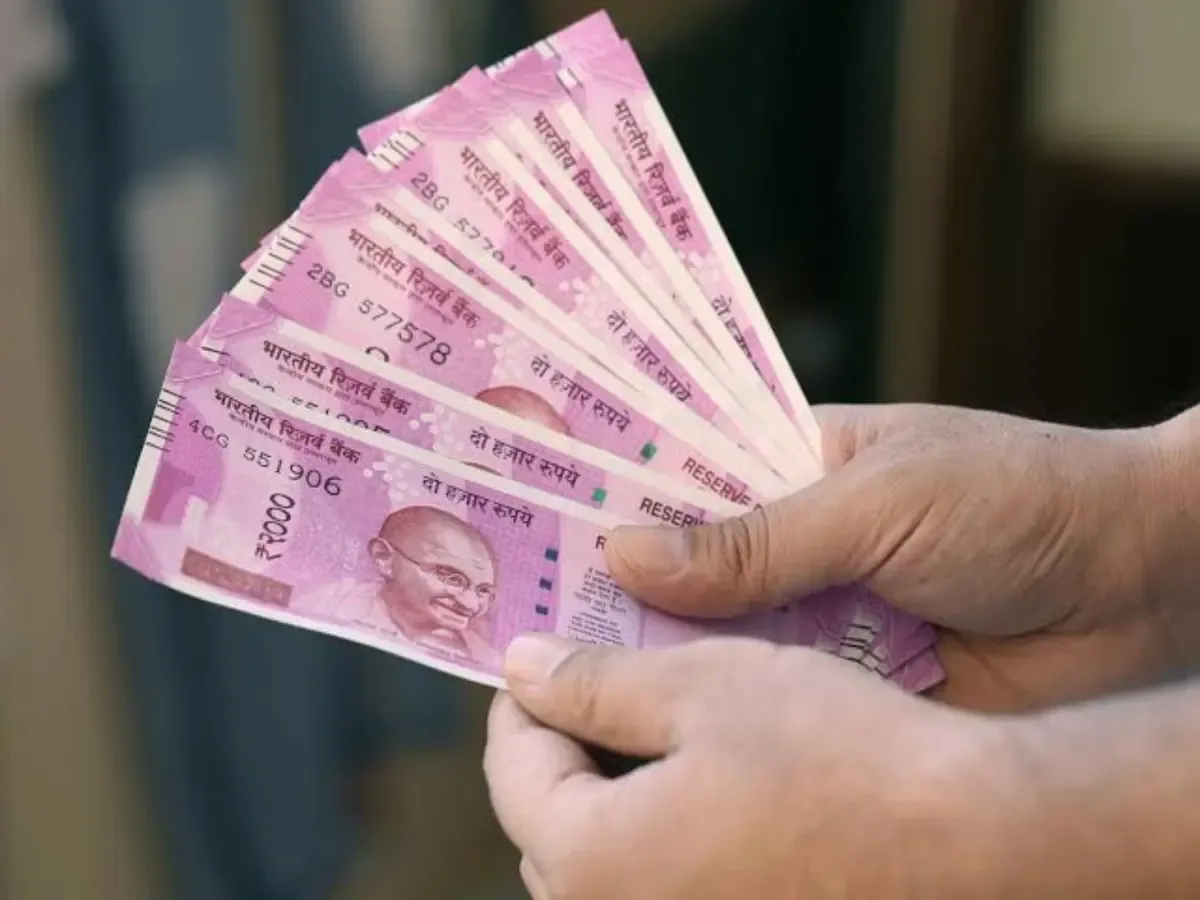Read in : தமிழ்
Former Deputy Governor of Reserve Bank of India (RBI) R. Gandhi said the small-scale sector and others would not find it difficult to keep a higher number of 500 rupee notes after the withdrawal of 2000 rupee notes, as the country was moving towards extensive digital money transactions.
For now, 500-rupee denomination notes were in sufficient stock with the RBI and were being continuously printed. No shortage of currency notes was likely, he noted. Digital commerce had gained steam and the use of UPI (Unified Payments Interface) was on the rise. Currency notes were on their way out. The recent RBI decision to take Rs.2000 notes out of circulation would not affect the people.
In an interview to inmathi.com, Gandhi answered a wide range of questions about the issue and also about fears over a likely removal of Rs.500 notes too.
Gandhi said the withdrawal of 2000 rupee notes was not demonetisation 2.0. There were many differences between what happened during the bona fide demonetisation in 2016 and what was happening now.
People themselves had stopped using 2000 rupee notes before the RBI advised the public to deposit the notes in their bank accounts or exchange them for other denominations in banks, of course, with a cap on the number. In fact, the 2000 rupee denomination had not been devalued as Rs.500 and Rs.1000 notes were during the demonetisation, Gandhi said, adding that this denomination was still legal tender.
The percentage of notes of Rs. 2,000 denomination in circulation was 37.3% in 2018 and dropped to 10.8% as on March 31, 2023
Asked if Indians staying abroad could exchange their 2000 rupee notes beyond the September deadline, he said he was expecting an RBI directive in this regard.

Gandhi- Former Deputy Governor of RBI
Explaining the rationale behind the RBI decision, Gandhi said that 2000 rupee notes were printed after demonetisation. The percentage of these notes in circulation was 37.3 in 2018 and had dropped to 10.8% as on March 31, 2023, according to the RBI. But the lifespan of currency notes was generally four or five years and the 2000 rupee notes had been in circulation for six years. It was time to roll it back as part of the RBI’s clean note policy.
Also Read: New income tax regime has more advantages, say consultants
Another major factor behind the RBI decision was that the 500-rupee denomination was the highest in circulation now at 73.3%. It was logical that the currency note less circulated was withdrawn, he said.
As for ATMs having to be loaded with stacks of notes of Rs.500 post withdrawal of Rs.2000, Gandhi said these issues would not pose a major problem. Money transactions through NEFT, RTGS, UPI apps via mobile phones were ubiquitous. For small value transactions UPI apps like GPay were being used and for higher value transactions, NEFT, RTGS were used. Soon, cashless transactions would become the order of the day. Issues relating to currency notes would diminish, he said.
Asked about the 75-rupee coin released to mark 75th Independence Day with other similar coins like Rs.20, he said these were simply commemorative and not meant for circulation. They were attractive particularly to numismatists and collectors.
Read in : தமிழ்

